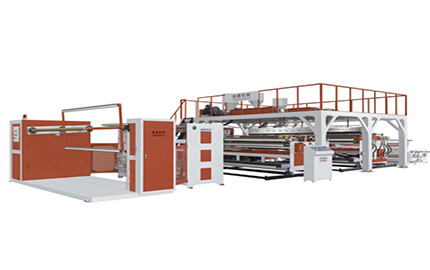In the modern packaging industry, the selection of bubble film machines is crucial. Here are some key parameters:
1.In the modern packaging industry, the purchase of bubble film machine is crucial. Here are several key parameters:
Screw diameter: The screw diameter of a small bubble film machine is 45mm-55mm, with an output of about 10-20 kg per hour; the medium-sized is 60mm-70mm, with an output of 30-50 kg per hour; the large can reach 80mm and above, with an output of more than 80 kg per hour.
2.Usable life and quality: The body should be made of strong metals such as high-quality steel. Core components such as extruder screws and barrels must be wear-resistant and corrosion-resistant. The traction roller has surface accuracy and hardness requirements. The winding machine must ensure winding accuracy and stability, and the weight per square gram, thickness, unit hourly output, etc. are measurement indicators.
3.The stability of the inverter equipped with the motor: High-quality inverters can accurately adjust the speed according to process requirements, control the speed of bubble film extrusion, traction, and winding, and save energy by 20%-30%. Well-known brands have good stability and reliability, can cope with power grid fluctuations, load changes, and avoid motor speed instability, overcurrent, overvoltage and other faults.
4.Cooling function: There are two ways of cooling: air cooling and water cooling. Water cooling can quickly take away heat, improve production efficiency, and make the bubble film three-dimensional, transparent and water-free. For example, the bubble film extruded at high temperature can be quickly shaped by water cooling, and the bubbles are fuller and more uniform; air cooling is simpler and relies on fan airflow for cooling. It is suitable for low cooling speed requirements or special production environments. When purchasing, you should choose according to production needs and site conditions. For dual-function equipment, pay attention to the convenience of switching the cooling system, energy consumption and production efficiency performance under different modes.
